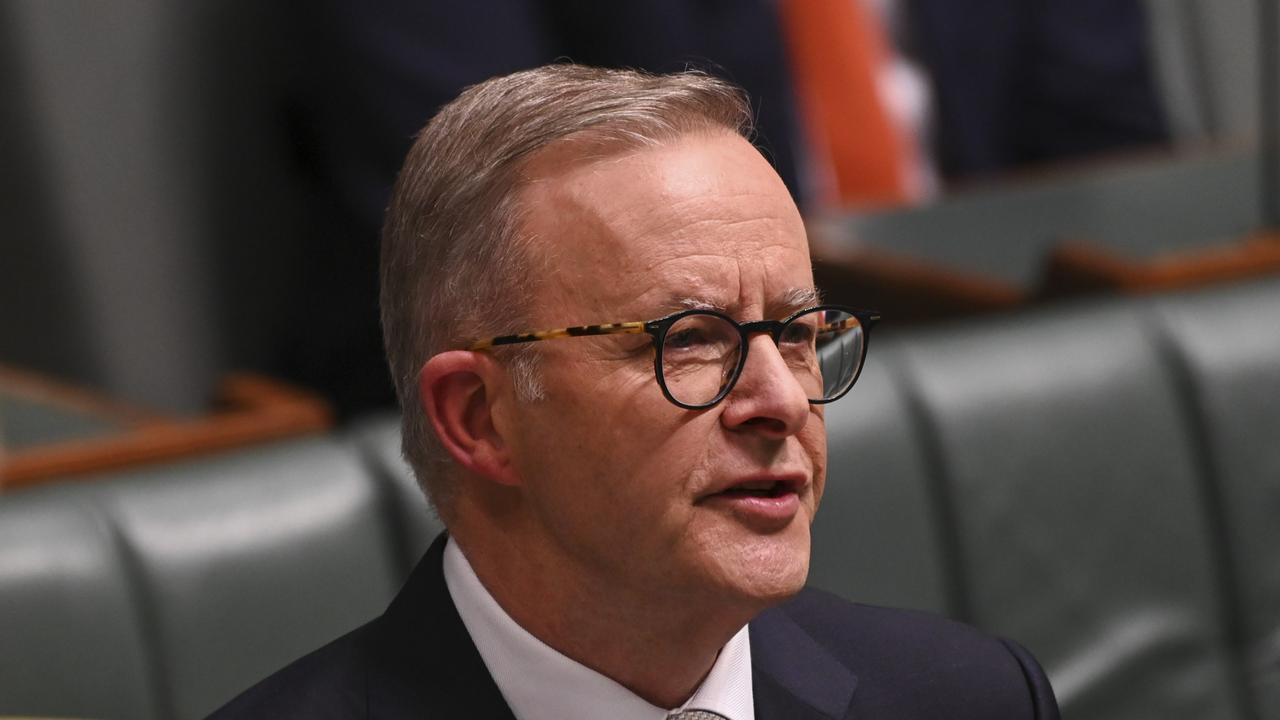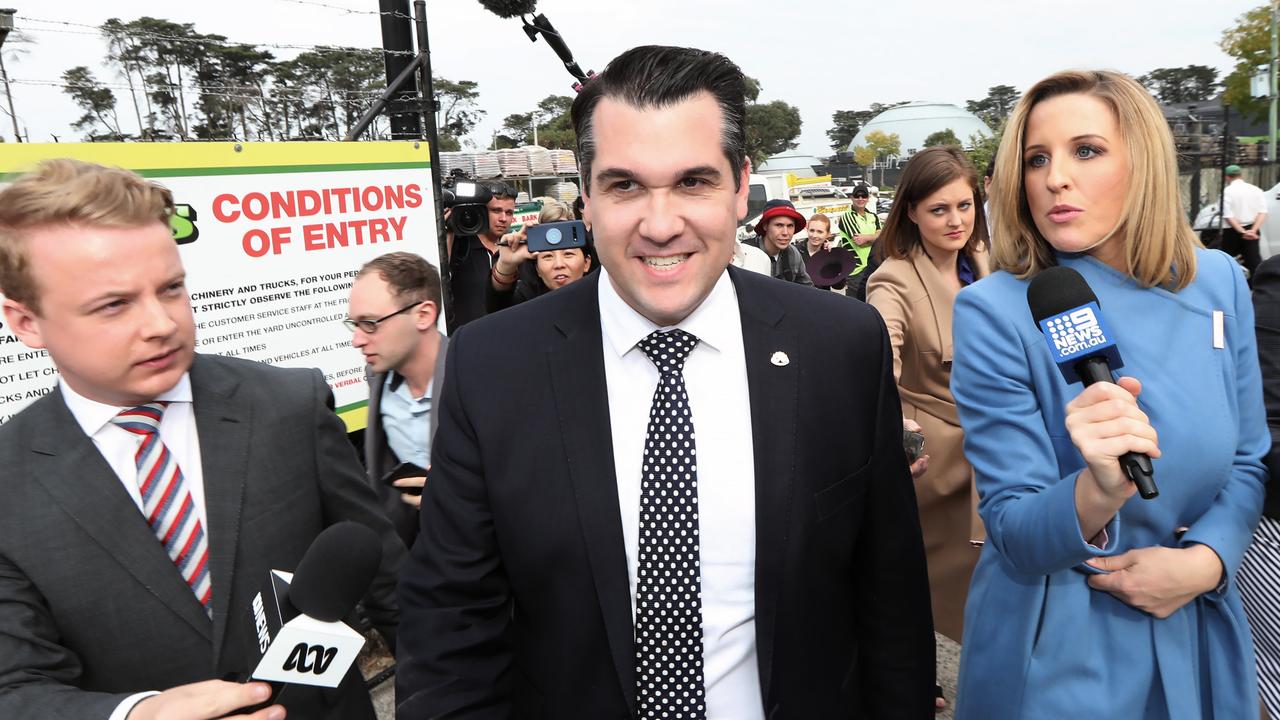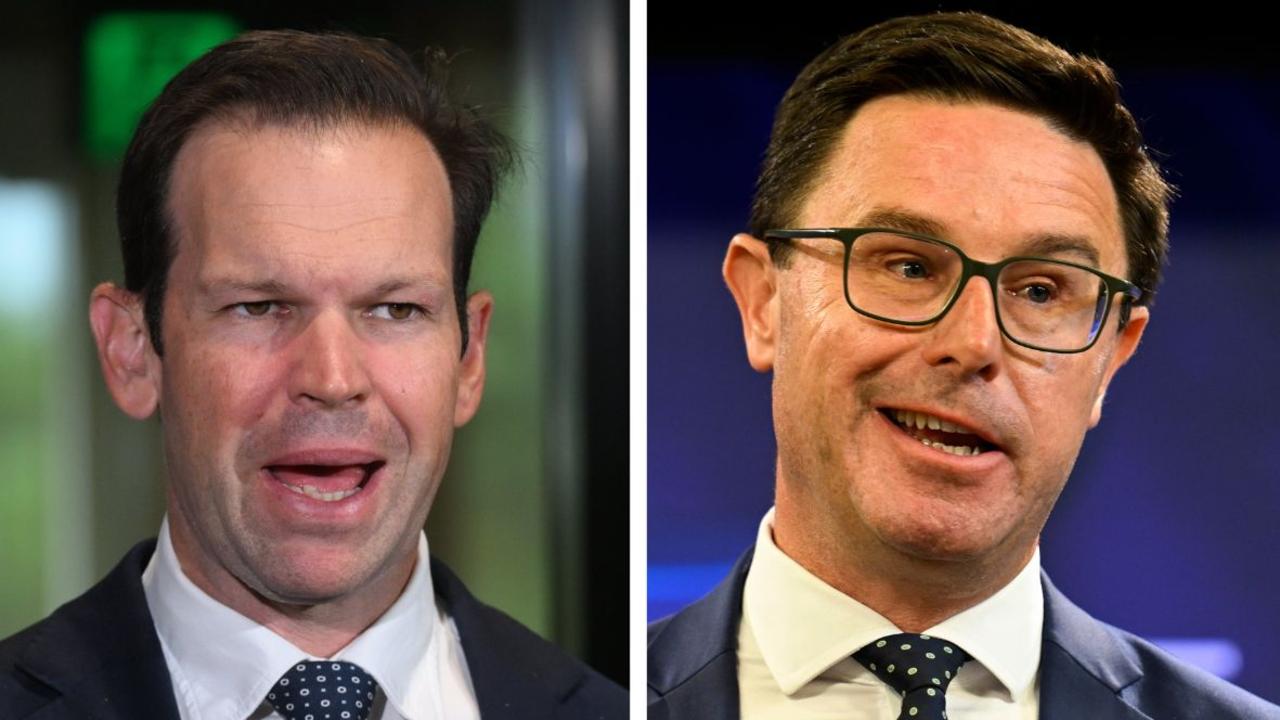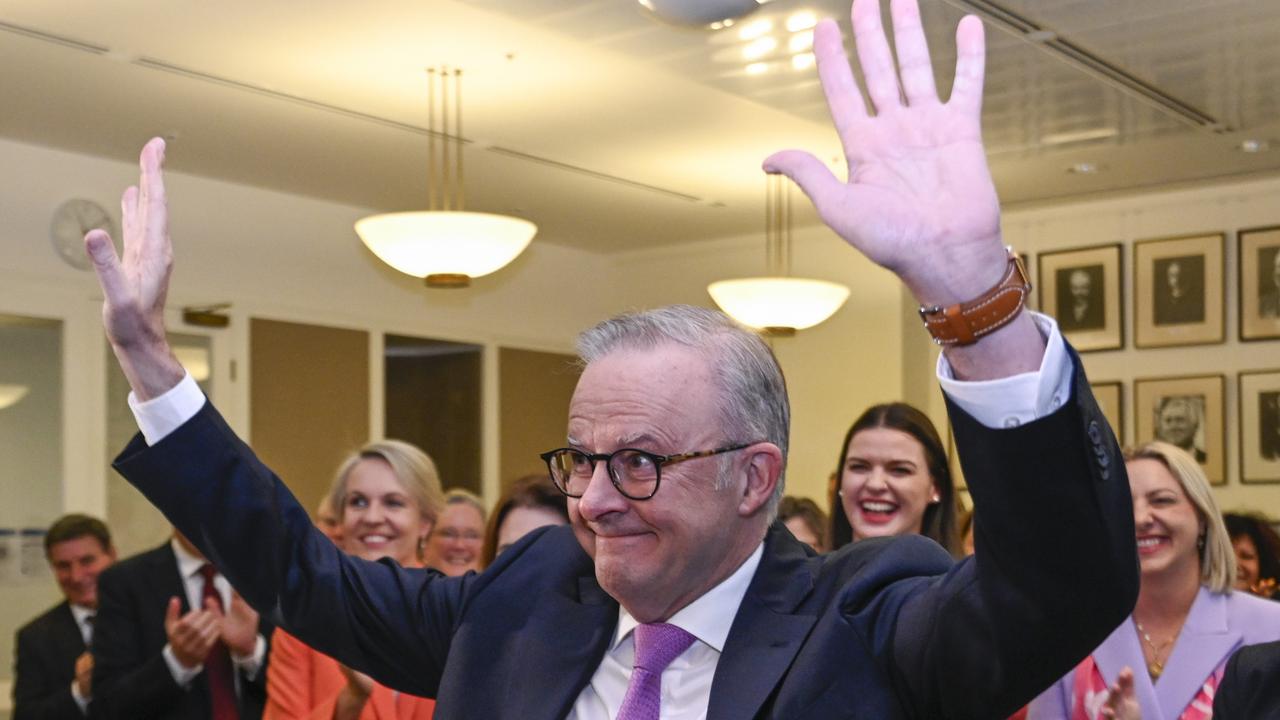Australian suburbs that always pick the election winner revealed
Desperate to know the outcome of the 2022 federal election? Then it might just pay to keep your eyes on these Aussie postcodes.

The showdown between Anthony Albanese and Scott Morrison is well and truly on, and most election analysts agree the election will go down to the wire.
It’s set to be a real nailbiter – but it turns out the political fate of the two leaders could come down to just a handful of Australian electorates that seem to pick the winner every time.
According to News Corp data, the seats of Deakin in Victoria, Page and Robertson in NSW and Petrie in Queensland have all picked the election in each of the last six elections.
The four seats are currently all held by Coalition MPs, and the Prime Minister will be hoping they stay that way this time around.
In those examples, Deakin and Robertson are Liberal seats, Page is a National Party seat and Petrie is a Liberal National Party seat.

The division of Deakin in Victoria, which consists of Maroondah City Council and part of the Whitehorse City Council, is held by Michael Sukkar – currently the Assistant Treasurer and Minister for Housing – who won the seat at the 2013 election with a swing to the Liberal Party of 3.8 points, succeeding Labor MP Mike Symon.
Robertson covers large parts of the NSW Central Coast, from the Hawkesbury River and Broken Bay in the south, west to Gunderman, north along the Gosford City Council Boundary to Kulnura, then east and south along the Gosford City Council boundary until it crosses the main Northern Railway Line at Lisarow.
It is held by Liberal MP Lucy Wicks, who took the seat from the ALP’s Deborah O’Neill in the 2013 election, before being narrowly re-elected in 2016.
The Page electorate is located in NSW’s northeast, and includes the towns of Lismore, Casino, Grafton, Tyringham, Bonalbo, Nimbin, Yamba and Iluka.
It is held by Nationals MP Kevin Hogan, who was defeated by ALP candidate Janelle Saffin at the 2010 election before recontesting the so-called “bellwether seat” in 2013, when he won by a margin of 2.5 points, and being re-elected in 2016 after the redistribution in the lead-up to the 2016 vote.

Petrie in Queensland, which encompasses part of the Brisbane City Council and part of the Moreton Bay Regional Council, has been held by LNP MP Luke Howarth since 2013.
At that election, he defeated sitting ALP MP Yvette D’Ath, who had held the seat since the 2007 election.
The leaders will also be closely watching marginal seats whose results have proven to be likely to predict the election winner in recent polling days.
Marginal or swing seats essentially mean the seat is held with the slimmest of margins – less than six per cent, according to the Australian Electoral Commission – with the party winning with less than 56 per cent of the vote.
Some of the marginal seats with the strongest track records of electing the party that wins the election include Corangamite in Victoria, which is an ALP seat, Hasluck in Western Australia, which is a Liberal seat, and La Trobe in Victoria, also a Liberal seat.

Those three have picked the election winner five times, while Dobell and Eden-Monaro, both NSW ALP seats, have called the winner four times.
They are followed by Moreton in Queensland and Solomon in the Northern Territory, both Labor seats, which have picked the ultimate winner on three occasions.
In 2019, the most marginal seats included Macquarie in NSW, which was won by the ALP with a margin of just 0.19, followed by Bass in Tasmania, which was won by the Liberal Party with a margin of 0.41.
Gladys Liu won Chisholm in the 2019 election for the Liberal Party against Jennifer Yang by less than 0.57 per cent, while Labor’s Anika Wells won the Queensland seat of Lilley in 2019 with a margin of 0.64, despite a five-point swing against the ALP on the two-party-preferred count.
Cowan in WA is another very marginal seat, which was taken by the ALP’s Anne Aly in 2016, which she narrowly retained in 2019 with a margin of just 0.83.






